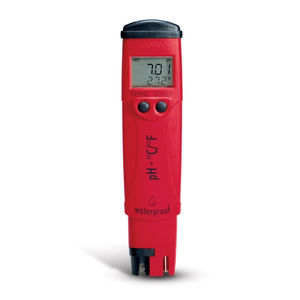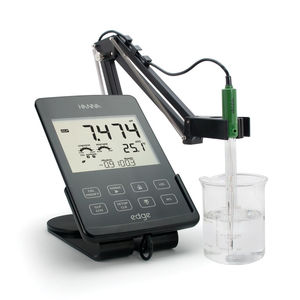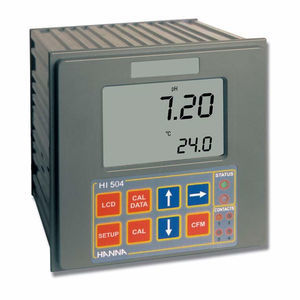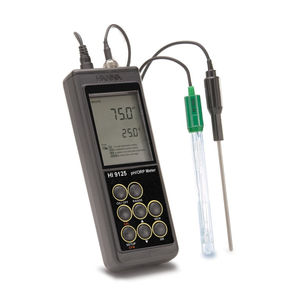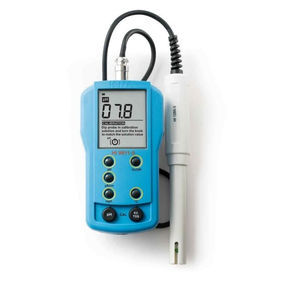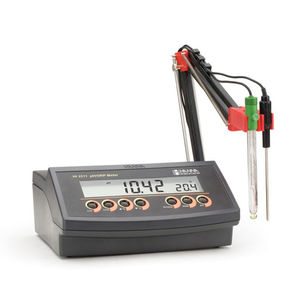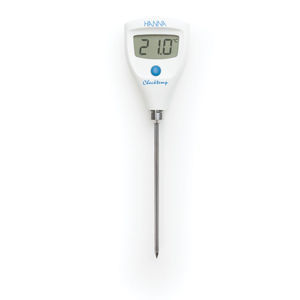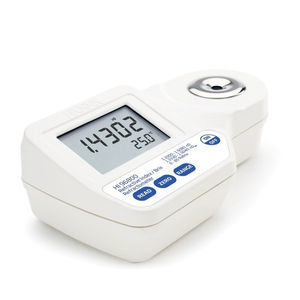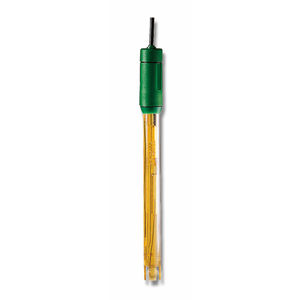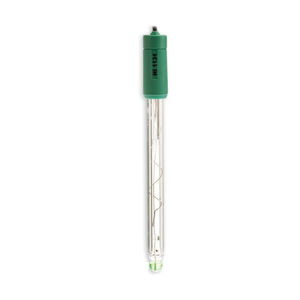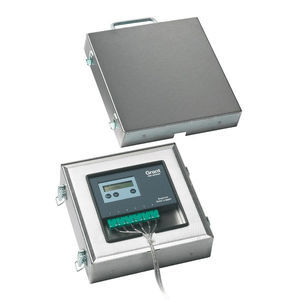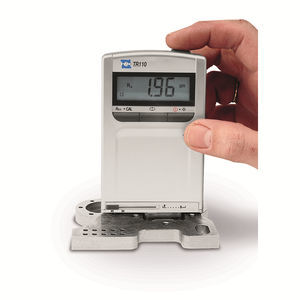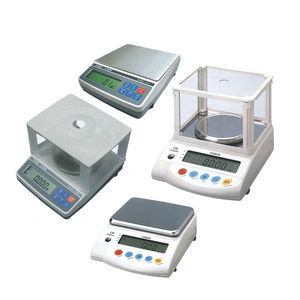
Turbidity meter HI-88713
Add to favorites
Compare this product
Description
The HI 88713 Turbidity bench meter is a high accuracy meter that meets and exceeds the requirements of ISO 7027 standard. The instrument is based on a state-of-theart optical system which guarantees accurate results, long term stability and minimizes stray light and color interferences. It also compensates for variations in intensity of the LED, limiting the need for frequent calibration.
The HI 88713 Turbidity bench meter is a high accuracy meter that meets and exceeds the requirements of ISO 7027 standard.
The instrument is based on a state-of-theart optical system which guarantees accurate results, long term stability and minimizes stray light and color interferences. It also compensates for variations in intensity of the LED, limiting the need for frequent calibration.
The 25 mm round cuvets made from special optical glass guarantee measurement repeatability and consistency. Turbidity measurements can be made in four modes: 0.00 to 1000 FNU (Formazin Nephelometric Units) in FNU mode, 10 to 4000 FAU (Formazin Attenuation Units) in FAU mode, 0.00 to 4000 NTU (Nephelometric Turbidity Units) in NTU ratio mode and 0.00 to 1000 NTU in NTU non-ratio mode. Alternative EBC measuring units are available in NTU modes.
Depending on the measured sample and needed accuracy, normal measurement, continuous measurement or signal averaging measurement can be selected.
A two, three, four or five-point calibration can be performed by using the supplied (<0.1, 15, 100, 750 FNU and 2000 NTU) standards. Calibration points can be modified when user prepared standards are used.
The HI 88713 Turbidity bench meter has complete G.L.P.
Catalogs
No catalogs are available for this product.
See all of NEURTEK‘s catalogsRelated Searches
- Gas analyser
- Concentration analyser
- Monitoring analyser
- Desktop analyzer
- Automated analyzer
- Dust analyzer
- Portable analyser
- Continuous analyser
- Real-time analyser
- Laboratory analyser
- Digital analyser
- NDIR analyzer
- Spectrophotometer
- Temperature analyser
- Analyser for the food industry
- Electrochemical electrode
- Visible spectrophotometer
- Benchtop spectrophotometer
- Quality control analyser
- Refractometer
*Prices are pre-tax. They exclude delivery charges and customs duties and do not include additional charges for installation or activation options. Prices are indicative only and may vary by country, with changes to the cost of raw materials and exchange rates.


